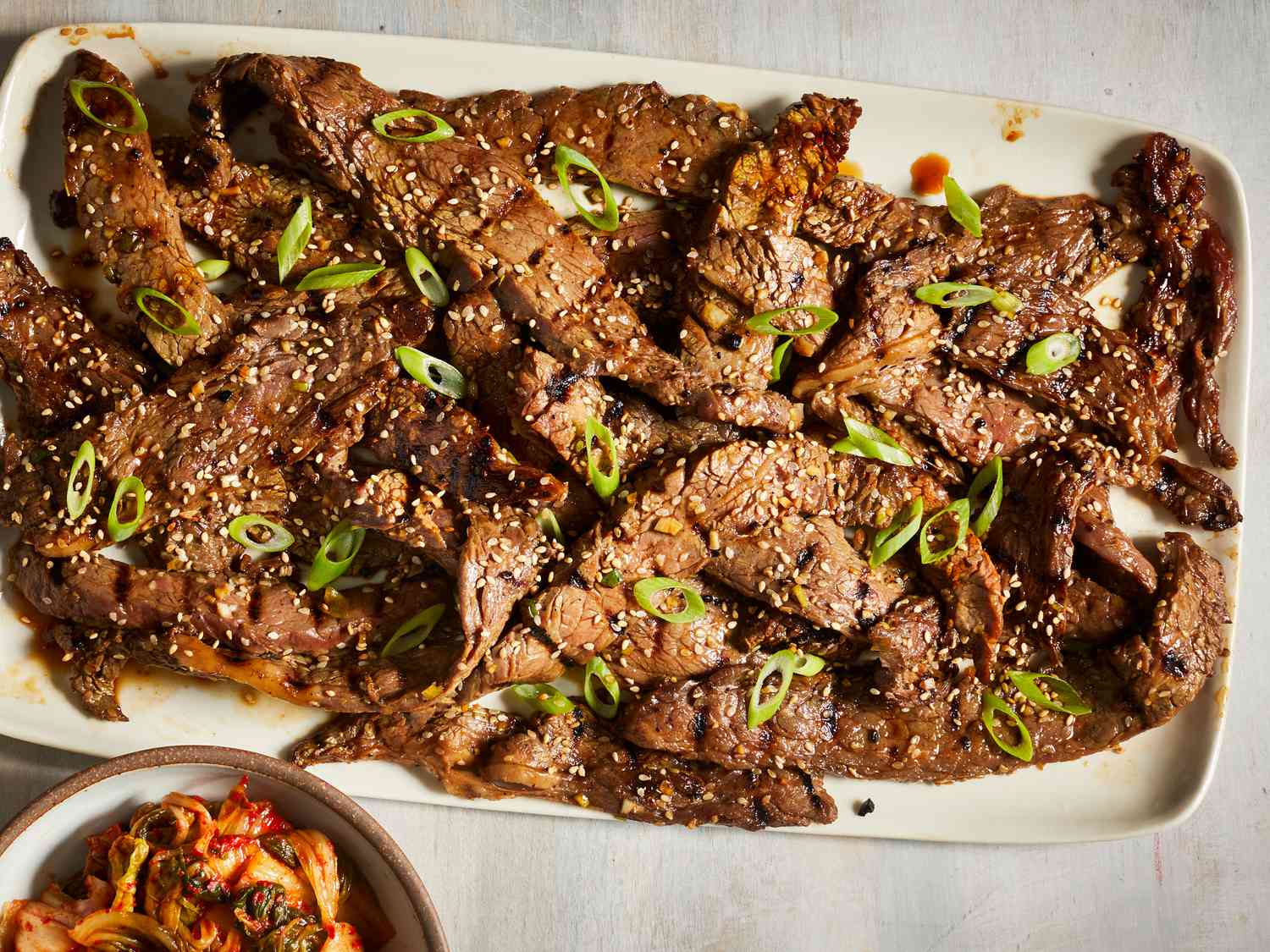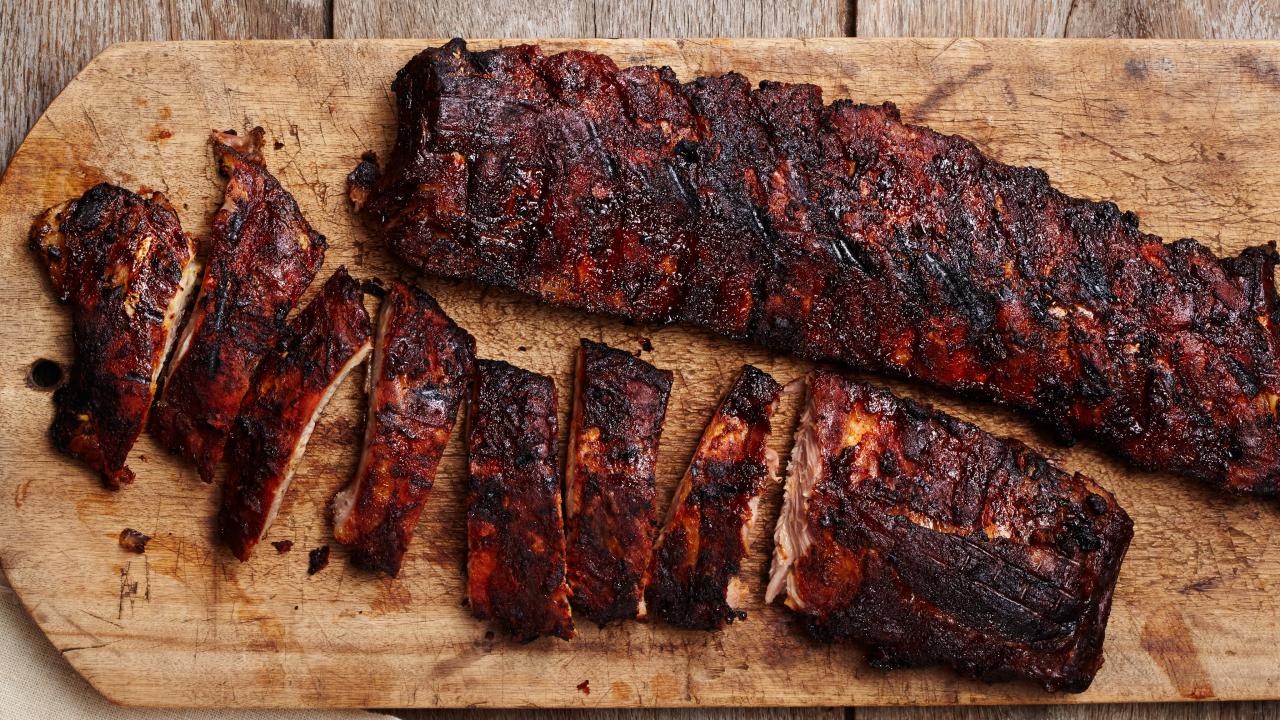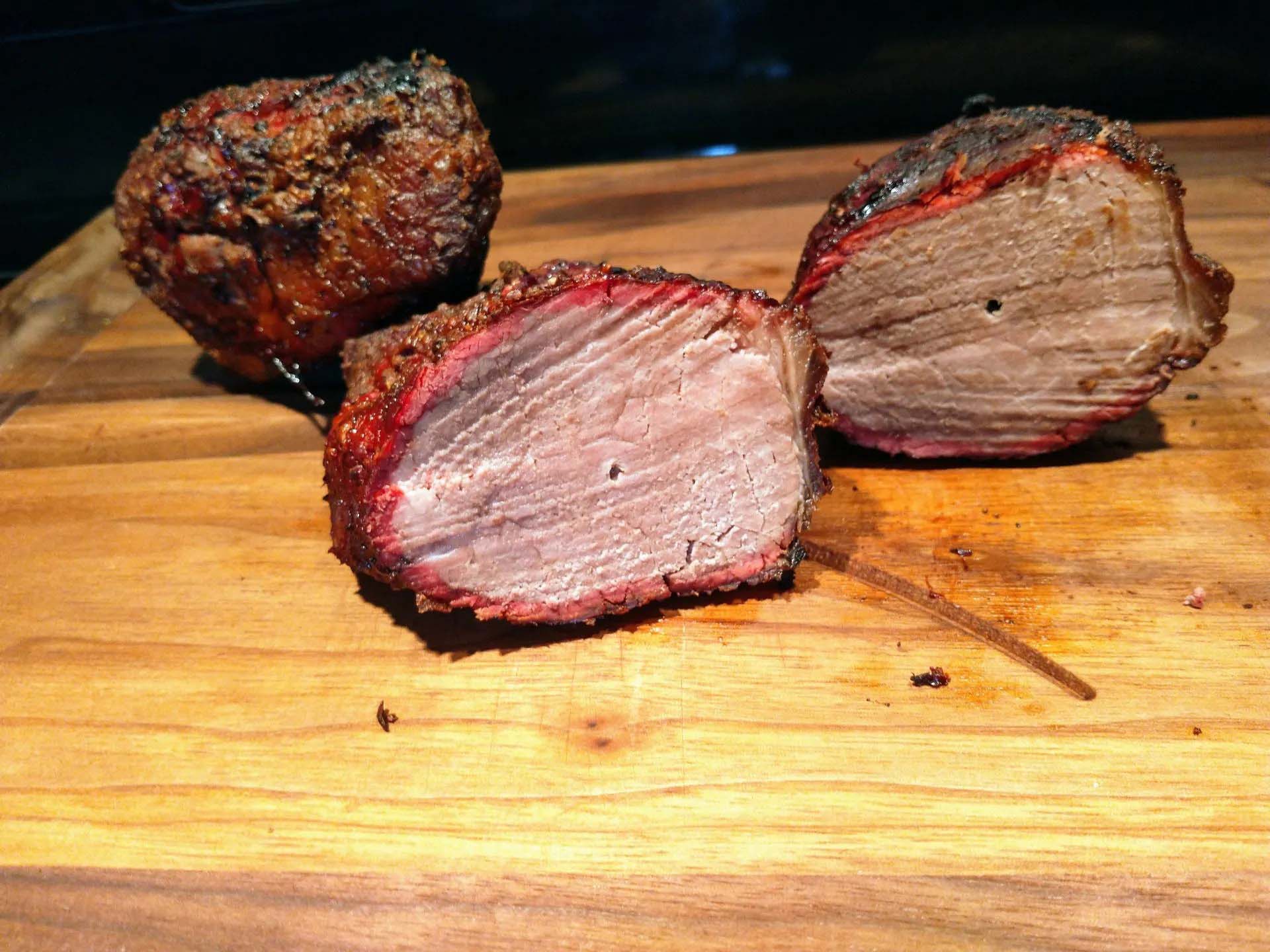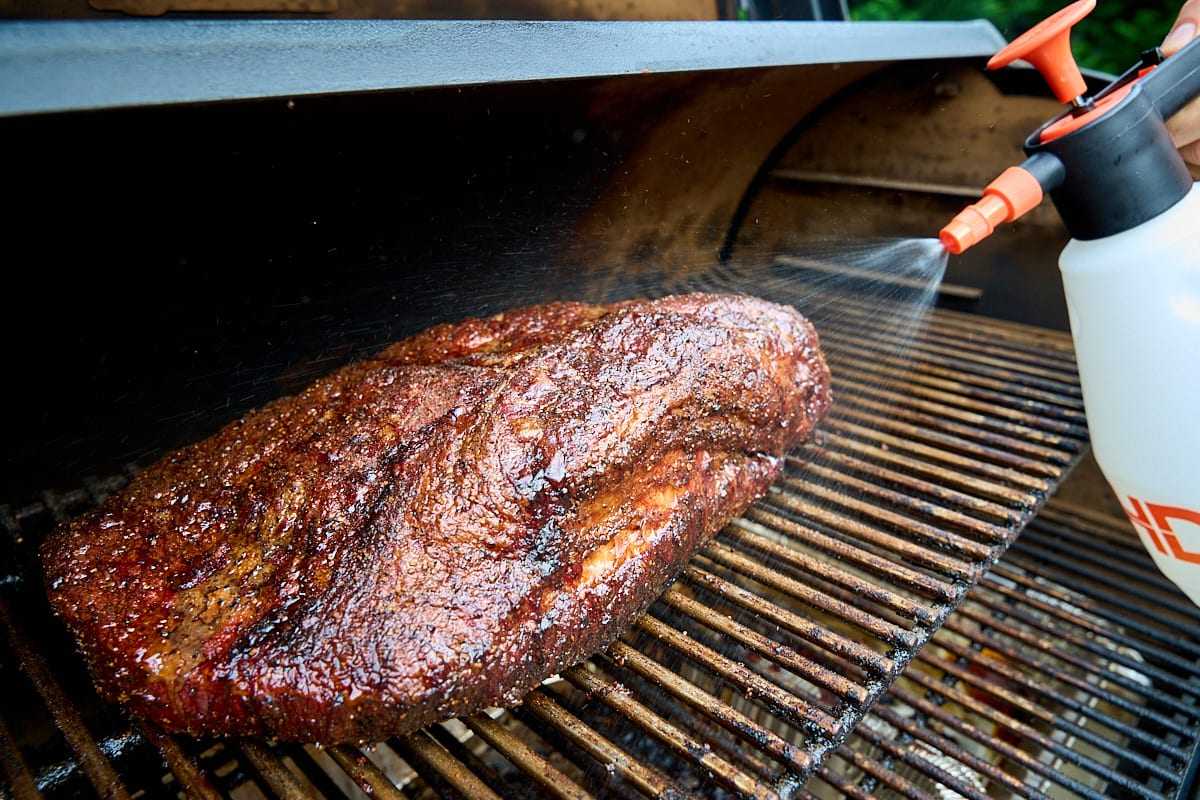Delicious Fajita Veggies: A Flavorful Guide
Are you ready to elevate your fajita game with perfectly seasoned veggies? Whether you’re a seasoned chef or just starting out in the kitchen, mastering the art of seasoning veggies for fajitas can take your dish to the next level. With the right combination of flavors and techniques, you can create a mouthwatering fajita experience that will have everyone coming back for seconds.
Choosing the Right Veggies
Before diving into the seasoning process, it’s important to select the right veggies for your fajitas. While bell peppers and onions are classic choices, you can also experiment with other options like zucchini, mushrooms, or even sweet potatoes for a unique twist. The key is to choose veggies that hold up well to high heat and complement the flavors of the other fajita ingredients.
Prepping Your Veggies
Once you’ve chosen your veggies, it’s time to prep them for seasoning. Start by washing and drying the vegetables thoroughly. Then, carefully slice them into uniform pieces to ensure even cooking. For bell peppers and onions, cutting them into strips works well, while heartier vegetables like zucchini can be sliced into rounds or half-moons.
The Art of Seasoning
When it comes to seasoning fajita veggies, the goal is to enhance their natural flavors without overpowering them. A simple yet effective seasoning blend can work wonders. Here’s a basic recipe to get you started:
- 1. Start with a generous drizzle of olive oil to help the seasonings adhere to the veggies and promote caramelization.
- 2. Add a sprinkle of salt to bring out the natural sweetness of the vegetables.
- 3. Cumin adds a warm, earthy flavor that pairs beautifully with the veggies.
- 4. Chili powder brings a touch of heat and depth to the seasoning blend.
- 5. Garlic powder or freshly minced garlic adds a savory kick.
- 6. For a hint of brightness, consider adding a squeeze of lime juice before or after cooking.
Feel free to adjust the seasonings to suit your personal taste preferences. If you’re a fan of smoky flavors, a dash of smoked paprika can add an extra layer of complexity. Alternatively, a pinch of cayenne pepper can dial up the heat for those who enjoy a spicier kick.
Techniques for Perfectly Seasoned Veggies
Once your veggies are seasoned, it’s time to cook them to perfection. There are a few techniques you can use to ensure that your fajita veggies turn out just right:
- Searing: Heat a skillet or grill pan over high heat and add the veggies in a single layer. Allow them to sear for a few minutes without stirring to achieve a delicious char.
- Stir-Frying: Cook the seasoned veggies in a hot wok or skillet, tossing them frequently to ensure even cooking and caramelization.
- Roasting: Spread the seasoned veggies on a baking sheet and roast them in a hot oven until they are tender and slightly caramelized.
Whichever method you choose, be sure to keep a close eye on the veggies to prevent them from overcooking. The goal is to achieve a perfect balance of tenderness and caramelization for maximum flavor.
Customizing Your Seasoning Blend
One of the joys of cooking is the ability to customize recipes to suit your personal preferences. When it comes to seasoning fajita veggies, don’t be afraid to get creative and experiment with different flavors. Consider incorporating herbs like oregano or cilantro for a fresh, aromatic element. You can also add a touch of sweetness with a sprinkle of paprika or a drizzle of honey.
For those who love a bit of heat, crushed red pepper flakes or a diced jalapeño can bring the perfect level of spiciness to the dish. The key is to taste and adjust as you go, allowing your palate to guide you toward a perfectly seasoned creation.
Bringing It All Together
Once your veggies are perfectly seasoned and cooked to perfection, it’s time to assemble your fajitas. Load up warm tortillas with the flavorful veggies, and don’t forget to top them off with your favorite fajita accompaniments, such as sour cream, guacamole, or salsa. The combination of well-seasoned veggies and vibrant toppings is sure to create a fajita experience that’s bursting with flavor and satisfaction.
With the right veggies and a well-crafted seasoning blend, you can take your fajitas to new heights, impressing friends and family with your culinary prowess. So, roll up your sleeves, grab your favorite veggies, and get ready to create fajita magic in your kitchen!
Was this page helpful?
Read Next: How To Season Deer Burgers











